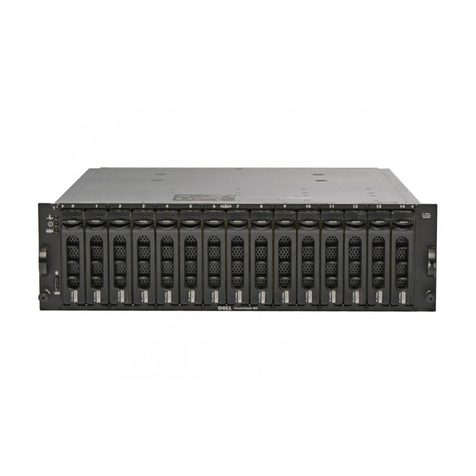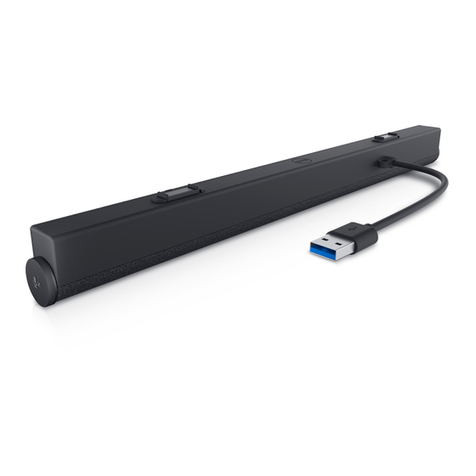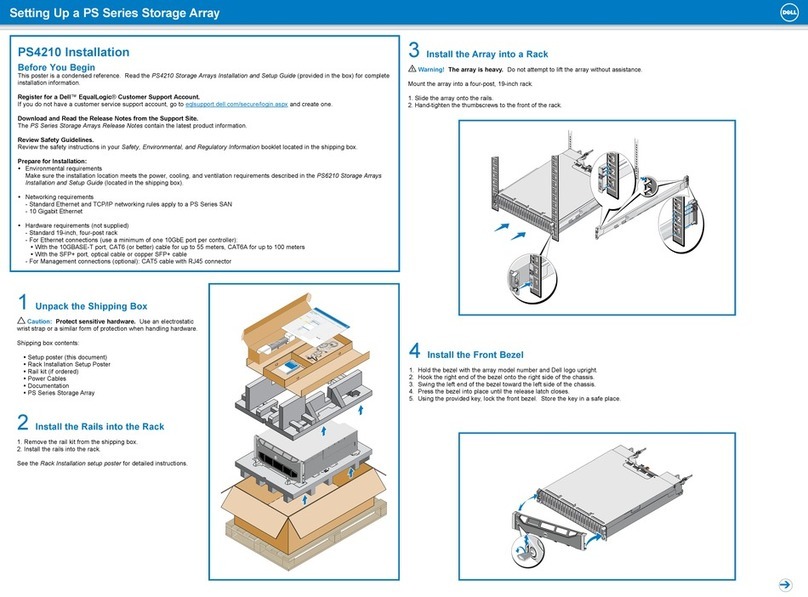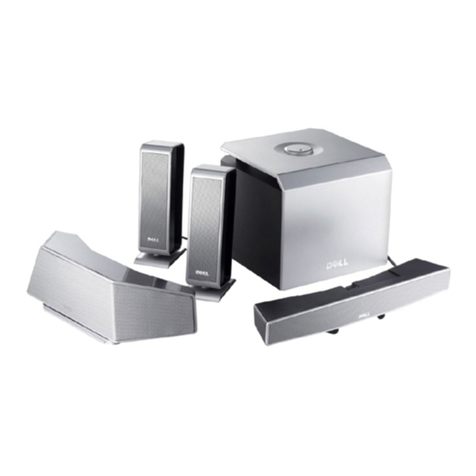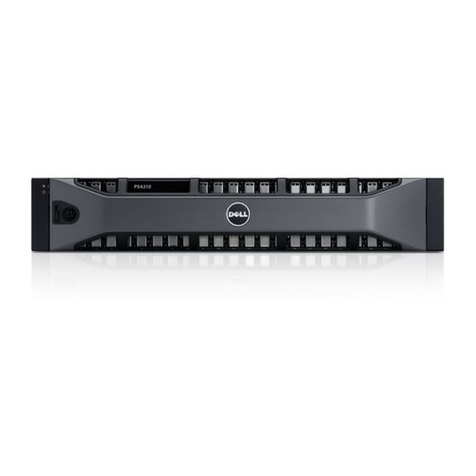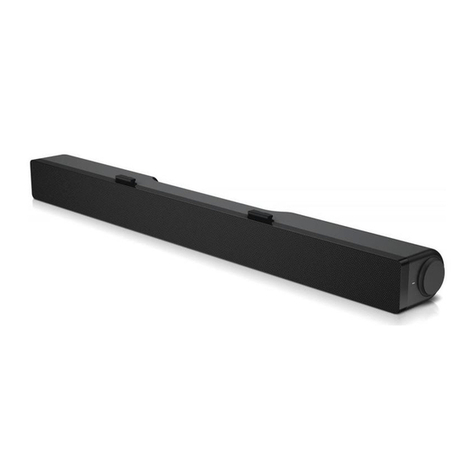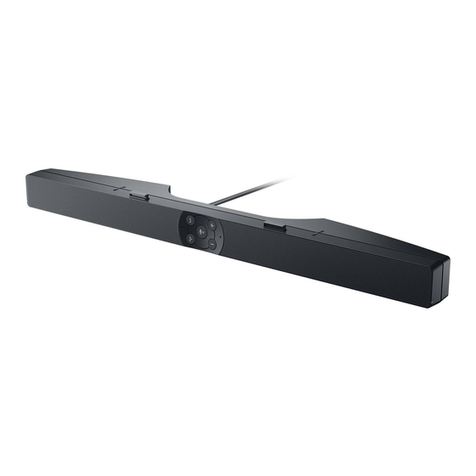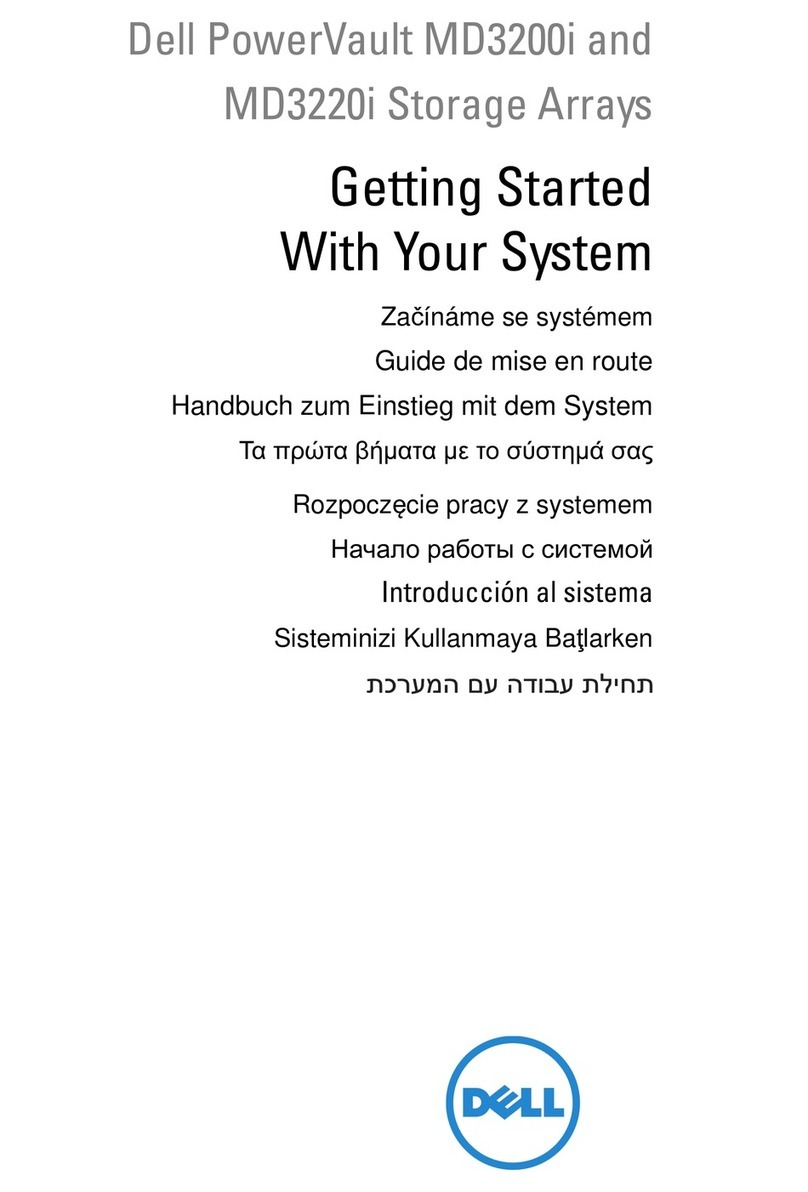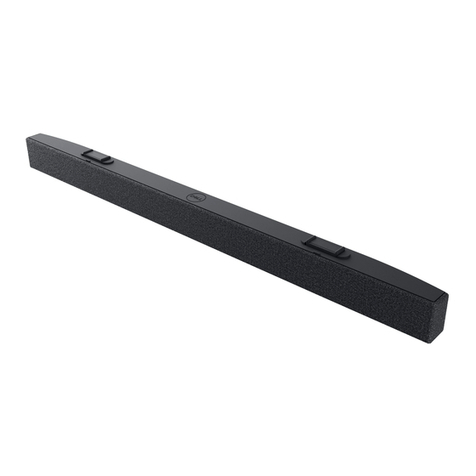PS series iSCSI storage arrays
PS4000E PS4000X
PS4000XV
PS6000E PS6500E PS6500X PS6000X
PS6000XV
PS6000S PS6010E PS6010S PS6010X
PS6010XV
PS6510X PS6510E
Array capacity 2, 4, 8 or
16 TB
6.4, 7.2, or
9.6 TB
4.8, 7.2 or
9.6 TB
2, 4, 8 or
16 TB
24 or 48
TB 28.8 TB 6.4, 7.2 or
9.6 TB
4.8, 7.2 or
9.6 TB
400, 800
GB or 1.6
TB
4, 8, or 16
TB
800 GB or
1.6 TB
4.8 or 9.6
TB
4.8 or 9.6
TB 28.8 TB 48 TB
Disk drives
8 or
16–7,200
RPM SATA
Drives
16–10,000
RPM SAS
Drives
1
6–15,000
RPM SAS
Drives
8 or
16—7,200
RPM
SATA
Drives
48—7,200
RPM SATA
Drives
48—10,000
RPM SAS
Drives
16—
10,000
RPM SAS
Drives
16—
15,000
RPM SAS
Drives
8 or 16
Solid State
Disk (SSD)
Drives
8 or 16
7200 RPM
SATA Drives
8 or 16
–100
GB SSD
Drives
8 or 16
– 10,000
RPM SAS
Drives
8 or 16
– 15,000
RPM SAS
Drives
48 –
10,000
RPM SAS
Drives
48 – 7,200
RPM SATA
Drives
Drive
capacities
250 GB,
500 GB or
1 TB
400 GB,
450 GB or
600 GB
300 GB,
450 GB or
600 GB
250 GB,
500 GB or
1 TB
500 GB or
1 TB 600 GB
400 GB,
450 GB or
600 GB
300 GB,
450 GB or
600 GB
50 or 100
GB
500 GB,
1 TB 100 GB 600 GB 600 GB 600 GB 1 TB
Full hardware
redundancy
Hot-swappable
controllers,
fans, power
supplies, disks
Yes Yes
Network
connectivity
2 Ethernet/iSCSI ports per
Controller for I/O; 1 Ethernet port
for management
4 Ethernet/iSCSI ports per Controller 2 controllers/array; two 10 Gb Ethernet/iSCSI ports per Controller
Chassis 3U 3U 3U 3U 4U 4U 3U 3U 3U 3U 3U 3U 3U 4U 4U
Memory 2 GB or 4
GB 4 GB 4 GB 4 GB 4 GB 4GB 4 GB 4 GB 4 GB 4 GB 4 GB 4 GB 4 GB 4 GB
Maximum
number of
arrays per PS
Series Group
2 PS4000 arrays 16 PS Series arrays, including up to 2 PS4000 arrays
Enterprise
Data Services Yes, all inclusive with no separate licenses on all PS Series arrays
Top Competitive Advantages
Objection Resolution Top Sales Tactics
Easier to buy, deploy, manage, and scale
• All inclusive aordable pricing model – full feature set
at signicantly lower cost
• Intuitive management interface w/ automated
functions to eliminate disruptions and manual
conguration tuning
• Single architecture, scales on demand
Lower product life cycle cost
• Add latest & greatest hardware to your existing SAN
rather than replacing what you bought before
• More performance can be achieved using fewer disks
• With EqualLogic, dierent generations of controllers,
disk sizes, speeds, and RAID levels can be mixed in a
single pool
• No forklift upgrades
Dell tools can recover SQL, Exchange, and VM’s.
• The SQL or Exchange administrator can do full or
partial restores easily and without the help of the
storage administrator
“I need Fibre Channel”
This is usually a performance argument. However,
controller eciency and the number of disks, rather
than the bandwidth of your network connectivity or
type of disk connectivity, are the typical bottlenecks
for most business applications. iSCSI lets businesses
utilize existing skills and network infrastructure to
create IP-based SANs that deliver the performance of
Fibre Channel, but at a fraction of the cost
Benets of iSCSI
• Simplied deployment and management: storage
networks can be set up quickly with minimal eort
• Enables cost-eective, scalable, secure, and
highly-available SANs
• Utilizes existing management skills and network
infrastructure
• Delivers excellent performance
• Provides interoperability using industry standards
• Implemented by the leading server, storage, and
network providers
• Available for 10GbE vs. 4GbE FC
Conduct an on-site demo
• Additionally, challenge competitors to do the same
so prospects can experience the added complexity of
the competitor’s solution
Proposals:
• Dell is cost-eective when evaluating TCO and
comparing competitor’s software and maintenance
costs. Ask for an apples to apples quote including
years 4/5 maintenance costs
• Focus on cost for capacity and performance, not raw
GB and raw spindle
Awards:
Dell EqualLogic PS Series – Winner of 2010
InfoWorld Technology of the Year Award
“Dell EqualLogic SANs subscribe to the concept of
‘Do one thing and do it well,’ and boy, do they do it
well… just blazing fast iSCSI performance and a hugely
scalable design...” - Paul Venezia, InfoWorld
Register for a live demo - www.dell.com/equallogic
EqualLogic PS Series Sizing Tool
www.Dell.com/Partner > Program and Practice
Areas, Enterprise Architecture > Enterprise Architec-
ture Resources (bottom of page) > Technical Tools >
EqualLogic PS Series Sizing Tool
Dell PartnerDirect Portal - www.dell.com/partner
087_041210
www.Dell.com/Partner
Place Label Here
Dell Account Team
Solutions Scenarios:
Issue:
Server Management - Consolidation
What type of data storage do you currently
have (SAN, DAS, NAS)? Do you have to
continually add capacity to some servers
while other servers have unused capacity
going to waste? How many servers are you
managing? What type of applications and
operating systems do you have? How much
capacity are you managing currently? How
much growth do you anticipate?
Issue:
Disaster Recovery Requirements
Do you have a Disaster Recovery Plan in
place? What is it? What regulatory/compli-
ance issues do you and your company face
today (SOX, HIPPA)? How are you currently
storing your data at both your Primary and/
or secondary sites, (SAN, DAS, NAS)? What
are the storage capacity requirements at each
location? What size WAN link will be used
between locations?
Issue:
Storage Growth Requirements
How much faster is your storage requirement
growing than your server requirements? What
is your current storage capacity? What is the
estimated storage capacity you will need in
the next year? Are you looking to increase the
size of your SAN, more fabrics and more ports
or just ports, in the next 2 years? What types
of applications and operating systems do you
have? Which applications are mission critical?
What performance requirements
are associated with those
applications? Do you have a
storage tiering strategy?
Issue:
Back Up Complexity
How is your back up done now? How long is
your back up window? How does that aect
your IT sta? How many employees are in
your IT organization? How condent are you
that you can restore data to the way it was
before a crash, virus, bug, upgrade or mistake?
Scenario # 1
iSCSI SAN
Event: When planning for future
capacity growth
Question: would it help if
Player: you
Action: could allow all servers to access
a shared pool of storage rather
than using individual server
resources?
Scenario # 2
Replication
Event: When implementing a Disaster
Recovery Plan
Question: would it help if
Player: a storage provider
Action: could also provide replication
capabilities with no expensive
channel extension equipment,
add-on software, or costly sta
training needed?
Scenario # 3
Scalability (Tiered Storage)
Event: When implementing additional
storage capacity to meet growing
requirements
Question: would it help if
Player: you
Action: could physically and logically com-
bine arrays to congure storage
pools or tiers to optimize perfor-
mance and capacity according to
application-specic demands?
Scenario # 4
Back up & Recovery
Event: To shorten back up windows
Question: would it help if
Player: you
Action: could take Snapshots of your
data to virtually eliminate the
back up window along with hav-
ing the ability to instantaneously
restore your data?
